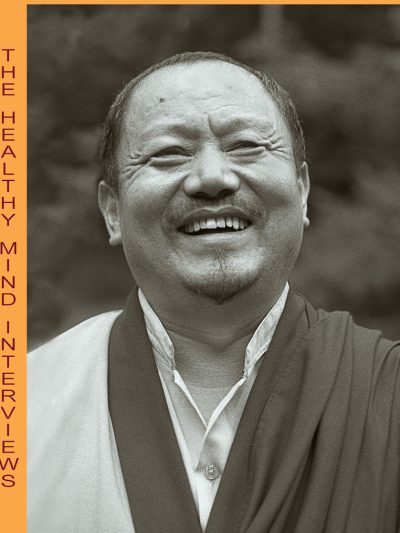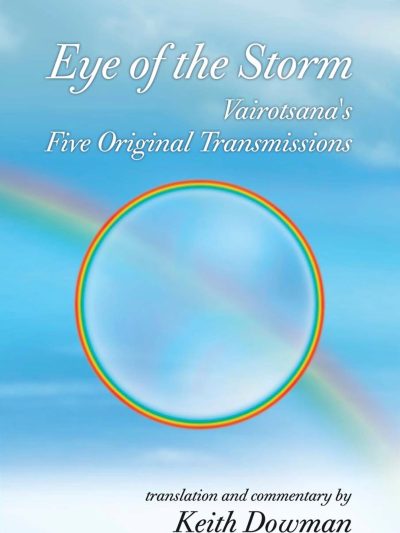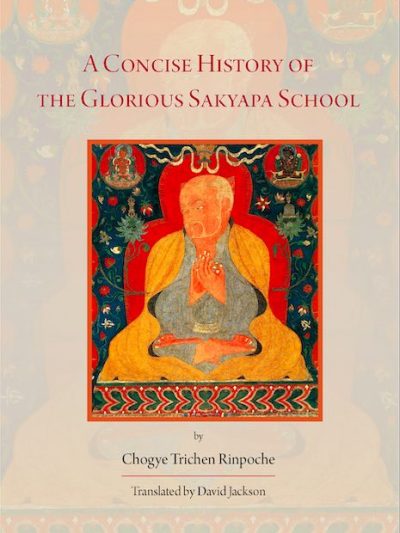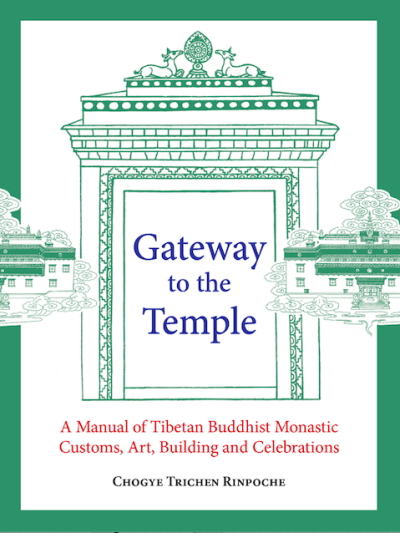Description
This book was composed to assist Western students who are taking empowerments in general. The book pays attention in particular to the meaning of the fourth empowerment, which itself is the direct meaning of Mahamudra and Maha Ati (Dzogpa Chenpo). It presents translations of the ritual texts used to give key empowerments in the Nyingma system and, especially, presents the root empowerment text of the Longchen Nyingthig cycle of innermost Dzogchen.
The book starts with an introduction that clearly explains empowerment. The introduction uses quotations from Padma Karpo’s explanation of the Bodyless Dakini cycle of the Kagyu, which is the ultimate Dharmakaya practice given to Tailopa directly by Vajravarahi. Although this comes from the Mahamudra teachings, it is a teaching at the dharmakaya level, therefore it has the same meaning as innermost Dzogchen. The introduction continues by making particular reference to the Ati way of empowerment.
The book continues with the root empowerment text of the Longchen Nyingthig cycle, The King’s Coronation Anointing Vase Empowerment. This text is from the root volumes of the Longchen Nyingthig Dzogchen transmission; anyone receiving the empowerments of the Longchen Nyingthig cycle will want the book just for this text. There are copious notes that explain the particular language of this empowerment and which show the unique approach of innermost Dzogchen in the process.
Following that text, the text for the fourth empowerment of The Narrow Fortress of the Eight Logos is presented. This is one of the central empowerments of the collected Kama empowerments of the Nyingma system. It shows the meaning of the fourth empowerment especially clearly and in Ati style. Again, there are copious notes to help bring out the meaning.
Once empowerment has been obtained, it is necessary to get the instructions on the practice and then to do the practice. Therefore, in order to make the book complete, the empowerment texts are followed by a teaching from Dilgo Khyentse Rinpoche on how to practice at this level. It was written as a letter to one of his Tibetan lady disciples. The letter contains a beautiful exposition of the Great Completion path, in purely practical style, and provides an excellent summary of the actual practice of the whole path of Thorough Cut.
The book overall consistently uses the unique language of Great Completion and the selection of texts shows how that language is used by the tradition when giving the empowerments and instructions on how to practice. Altogether, the book gives an overview of the path, all from an Ati perspective, in a way that notseen so far in the West. The commentary on empowerment was written entirely by Lama Tony Duff based on his years of experience with this particular dharma. All of the translations were done either during the empowerments themselves, for the sake of the other practitioners present, or, in the case of the final teaching, during the teachings on the letter given by Rabjam Rinpoche during the annual Zhechen seminar at Bodhgaya. The text carries the full weight of the blessings of the various empowerments and instructions that prompted the translations and ultimately, composition of the book.
The book contains translations of the following texts:
From Longchen Nyingthig: The Entire Text of the Root Empowerment, “The King’s Coronation Anointing Vase Empowerment”
From the Collected works of the Nyingma Kama Transmission: The Fourth Empowerment section of “The Narrow Fortress of the Eight Logos”
From the Collected Works of the Nyingma Kama Transmission: The Suchness Empowerment Section of “The Six-Faced Yamantaka”
Dilgo Khyentse’s Advice To a Lady Disciple






Reviews
There are no reviews yet.